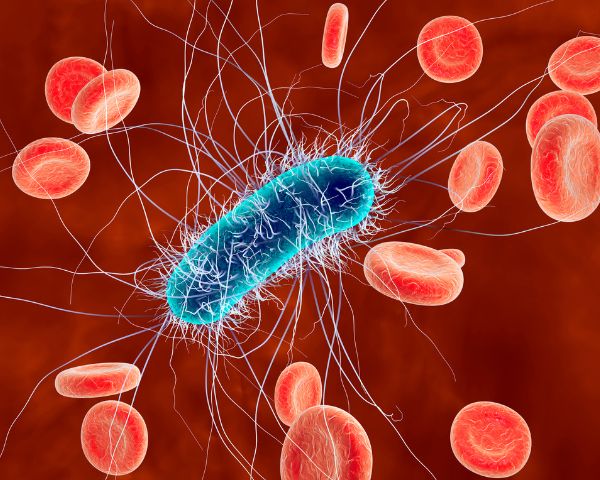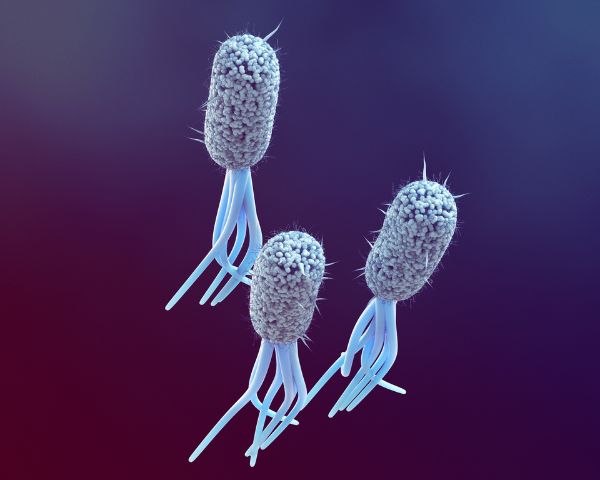Protect yourself and your loved ones from E. coli infection! Learn about 7 common foods that can increase your risk of contamination and discover simple tips to handle and cook them safely. Stay informed, stay safe!
Infections of E. Coli, or a particular strain of the bacterium Escherichia coli, remain a global health menace. Most strains of E. coli do not cause any harm as they live in the intestines and remain dormant; however, certain strains can lead to serious diseases such as gastrointestinal illnesses or sometimes even life-threatening complications like hemolytic uremic syndrome (HUS). These infections are usually obtained through infected food, water or through contact with an infected person.
The epidemiology of E. coli; understanding its risks

Escherichia coli (E. coli) is a member of the family of bacteria and is of the gram-negative rod-shaped cellular morphology commonly found in the intestines of warm-blooded mammals. Generally, most strains do not cause harm; however, some types can produce toxins that may lead to severe illness. For instance, Shiga toxin-producing E. coli (STEC) is particularly dangerous and is responsible for a number of global outbreaks. Approximately 2.8 million people across the world have been diagnosed with E. coli infection on an annual basis, 265,000 of which were only reported within the United States, leading to almost 100 deaths.
E. coli infection causes and risk factors
E. coli infection can occur when this bacterium enters the gut through food, water or a surface that has been contaminated. These include the most common foods usually associated with this type of infection.
E. coli Education
Patients who have suffered foodborne infections caused by E. coli will frequently need to have a stool sample taken, but there are also other tests that they may be able to perform when taking core samples, where it is clear about the inclusion of cultures inside the individual strains.
E. coli: A Bacterial Revolution

E. coli is an opportunistic pathogen that sometimes causes diarrhoea. Other common food sources of E. coli, especially in cases, include hamburgers, which can be infected if the meat mixture contains raw eggs or bone marrow that are Trojan horses for the bacteria.
E. coli virulence
Some strains of E. coli carry E. coli bundles, that is a group of adherent bacteria that often reside in the intestines of many mammalian species but can also outbreed their hosts when necessary, subsequently leading to infections or outbreaks.
Prepackaged Foods and Snacks
Some pre-packaged products like precooked cookie batter and cold-cured meats such as cured pork fat and hazelnuts have also been associated with outbreaks due to cross-contamination during processing.
Organic Produce
It is worth mentioning that organic bagged products are not exempt from contamination. An outbreak in carrot bagging recently linked by health officials with organic carrots has been enough to make them call for their disposal and sterile surfaces which such bags have been in contact with.
How E. coli Spreads Beyond Food

Apart from food, E. coli may also be transmitted in the following ways:
Contact with Animals: Raising farm animals or even visiting a petting zoo.
Person-to-Person: Fecal-oral transmission occurs when people have not scrubbed their hands adequately after using the toilet, changing diapers or being in close proximity to infected persons.
Urinary System: Contact of intestinal E. Coli bacteria with the urinary system may also happen in the absence of proper hygiene practices.
E. coli Infection Symptoms
The symptoms are common and do normally take about 3-4 days to appear after exposure, and these include:
Diarrhoea (which may be watery or bloody)
Very painful abdominal cramps
Nausea and sometimes a low-grade fever or vomiting
Dehydration, displaying symptoms such as dark-coloured urine, feeling dizzy, general persistent excessive thirst
The E. coli infection is severe in some patients as it develops into hemolytic uremic syndrome (HUS) and therefore needs immediate medical attention.
E. coli Infections Treatment.
The strategies depend on the level of the infection.
- Fluid replacement: It is important to drink fluids on a consistent basis, especially if one is suffering from diarrhoea or vomiting. In such an instance, IV fluids may be needed.
- Antibiotics: Ciprofloxacin or azithromycin are common antibiotics that some infections can be treated with; however, they are generally avoided in STEC infections.
- Managing symptoms: Some over-the-counter anti-motility medications may be useful, but they should not be administered during bloody diarrhoea or STEC infections because they can aggravate the disease.
A step toward managing E. coli infections is to adopt ethical food practices, cook the food thoroughly and practice hygienic measures. It is important to stay educated and alert to avoid these infections with regards to oneself and one’s family.

